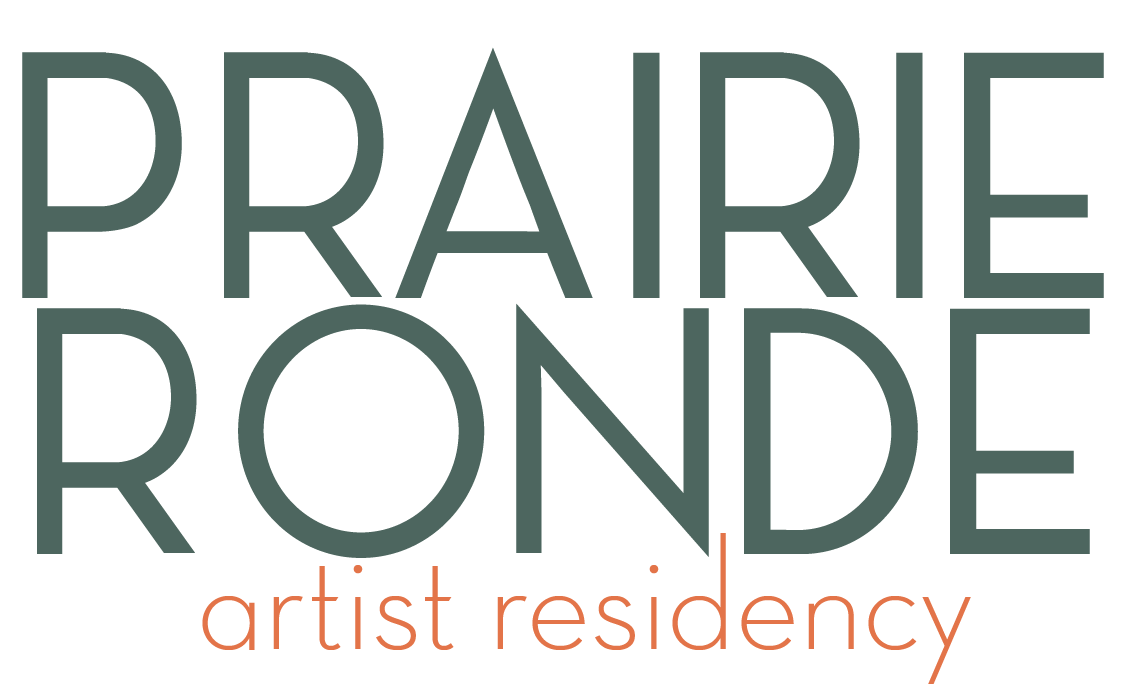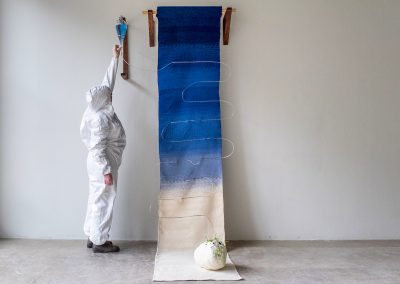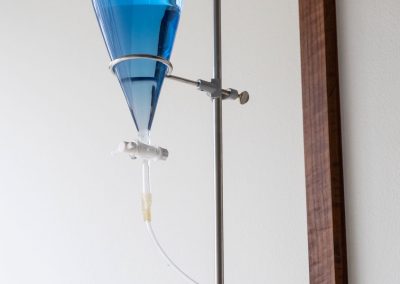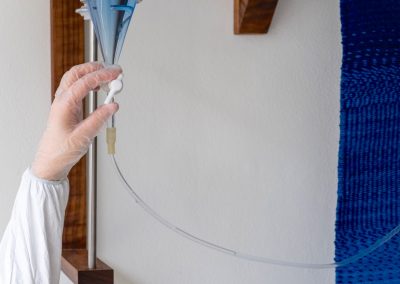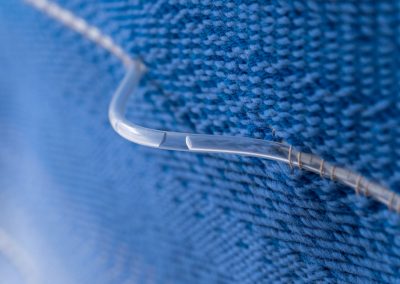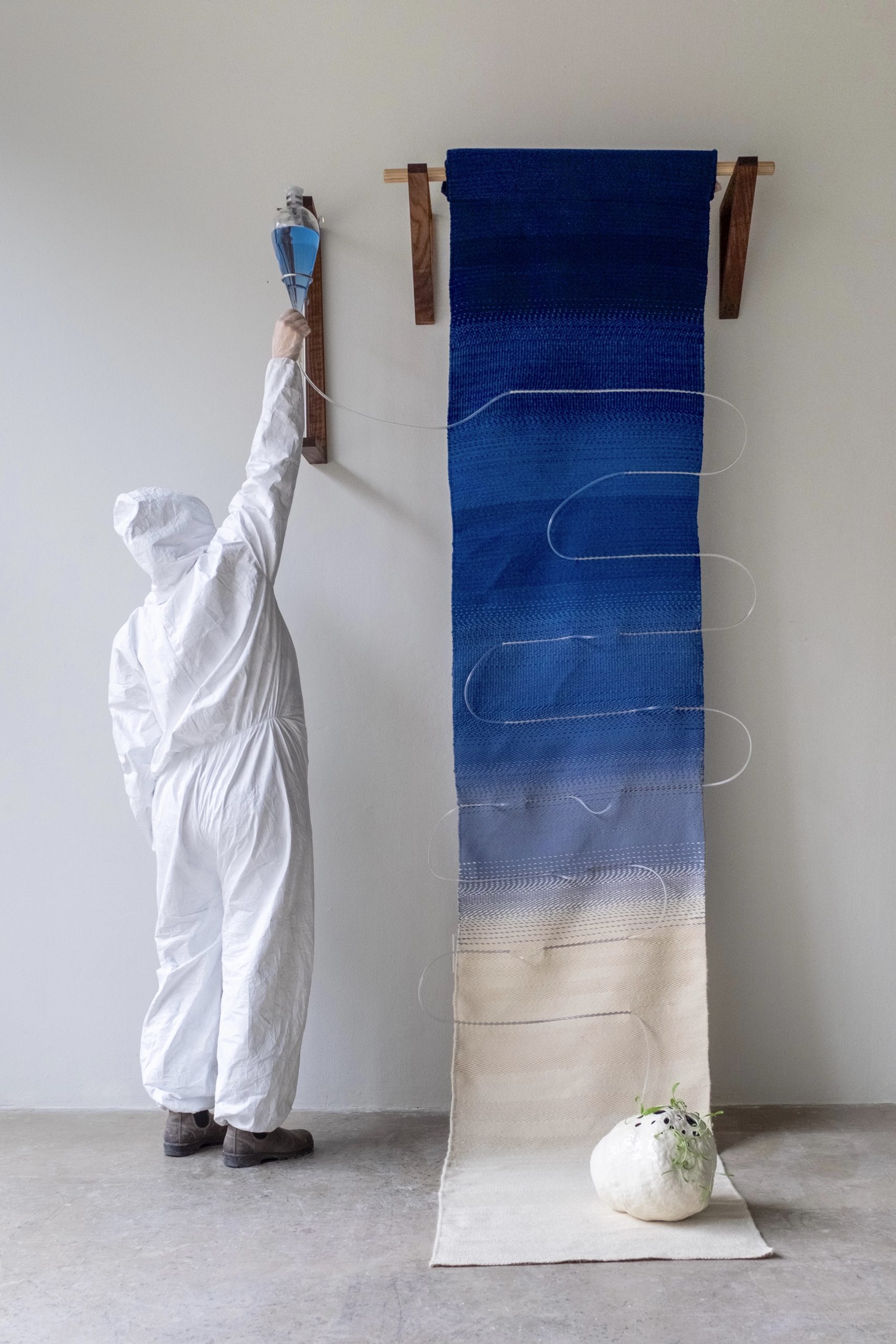
Madelaine Corbin is a multi-disciplinary artist living in Detroit, Michigan. Her research-based practice moves fluidly between textiles, sculpture, drawing, and writing. Corbin’s work is informed by her participation in the New York Arts Practicum, immersive study in Athens, Greece, and as an artist-in-residence and research assistant in a chemistry lab where she helped to synthesize and characterize a new blue.
Corbin received her MFA from Cranbrook Academy of Art in Fiber and BFA from Oregon State University. Recent awards include an upcoming residency with Prairie Ronde, the Bloedel Reserve Creative Residency, the Oak Spring Garden Foundation artist residency, the Haystack Mountain School of Crafts Stuart Thompson Fellowship, and Honorable Mention for the 2020 Dorothy Waxman International Textile Design Award. She was a finalist for the 2020 Redmond Design Prize and an alternate for a Fulbright Award in both 2020 and 2021.
A fleck of ash, drop of blue, grain of salt, speck of dust, and particle of soil—a constellation of meaning is composed from these elements. Madelaine Corbin’s practice
earnestly endeavors to listen to, translate and contextualize the conversation between the vibrancy of matter sensed by our fingertips and the expansive questions cultivated by the universe around. Spaces that invite wonder and research coalesce to question the quotidian materials accepted as normal when few things are actually so. Sunlight, water, and blue are not so simple. Using her own relationship to ecology rooted in a valley town in Oregon as a starting point, Corbin articulates the complexity and range of relationships to the land beneath our feet, the land that once was, and land that will never be. Through text, fibers, natural dyes, and
more, Corbin explores the elements that compose our world and connect us to one another.
Currently, Corbin is interested in sustaining color before it disappears. At first, this may seem frivolous. However, with expeditions into the history of cornflowers, the greening of our swelling seas, and the graying of our blue skies, she has learned that blue is much more than a line of poetry to our eyes. Blue is also an indicator of climate change. At Prairie Ronde, I look forward to continuing my investigation into the loss of blue and expanding to the colors beyond.
